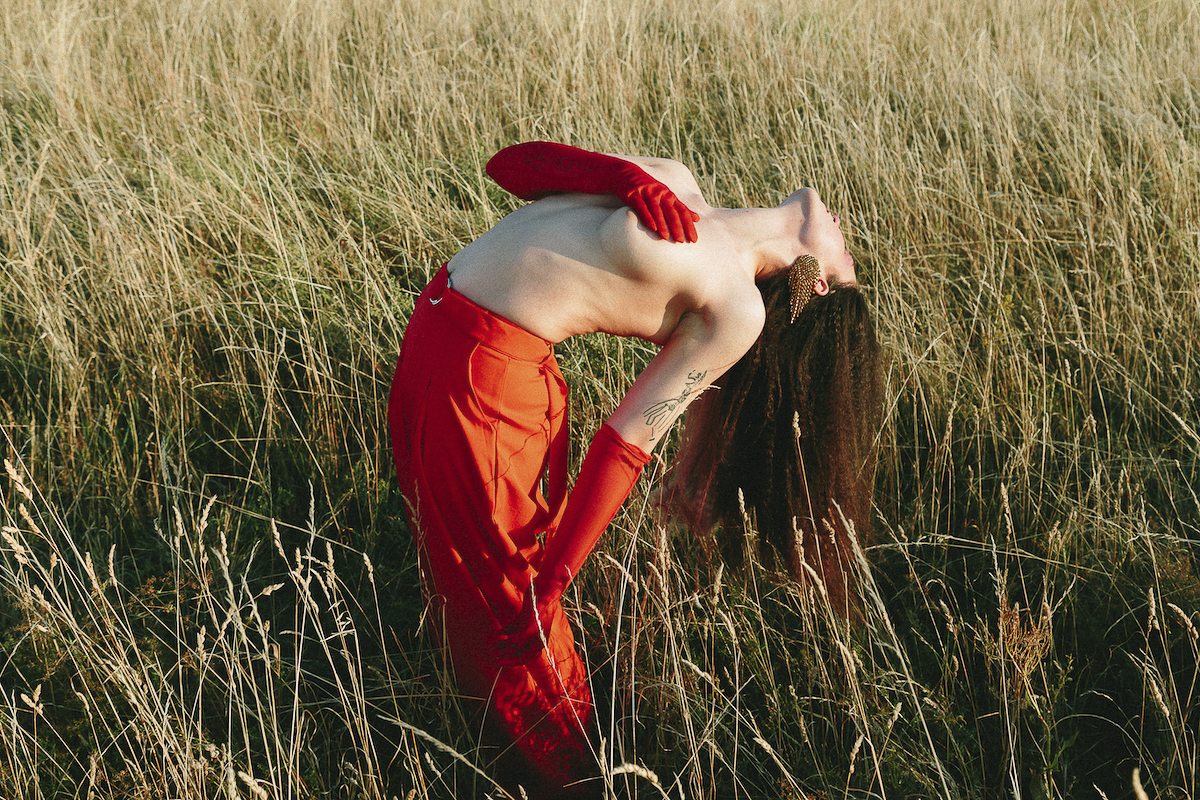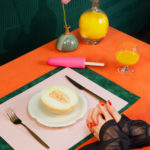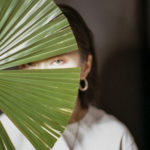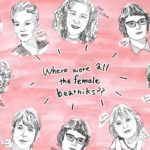Yes, attitudes about masturbation and sexual stimulation have varied throughout civilisation's 6,000 years of of…
Rubezha Vekov
A video artist disrupting ideas around female forms3 April 2019
YEOJA Mag sat down with Rubezha Vekov, a Siberian-born, self-taught digital artist based in Berlin. Initially starting with physical and tactile art, Rubezha has since moved into the realm of video art and hybrid-reality aesthetics.
Across her work, the most prominent figure is a female character, sometimes played by her partner. This character may be wearing a mask, in full-body costume, don heavy makeup, or be completely nude. Her current mission is to develop a new “inconvenient” way to talk about women, break down taboos, and create ways to communicate that are non-verbal.
Your work brings to mind the book ‘Ways of Seeing’ by John Berger – have you read this book and does that factor into any of your pieces?
Rubezha: As an artist, I’ve faced the situation many times where somebody (such as a visitor of an exhibition or a random, curious guy writing an Instagram DM) asks me the basics of understanding contemporary art. Every time I get this kind of a question, no matter if the asker is rude or polite, I recommend them to read Ways of Seeing. Literally, every time.
Firstly, this book is so easy to read. It feels like a conversation with a person you missed. Secondly, in this casual form, it helps you – not to start understanding contemporary art – but to get over all the stereotypes related to “Classic” art; to make a fresh start. Thirdly, in this book, I found the concept that changed my life. It was the first seed of feminism that I got at the age of 16 in Siberia. The concept is about female nudity and the way women are depicted in European oil paintings. She, a woman, is always an object to be desired, she looks at the way you, a nice rich white man of the 17th century, look at her. She is not about herself, she is here only to please your eye.
Of course, this book has a tremendous influence on my art. Quite often I work with female nude bodies and I always work with female characters. My mission is to create a new optic of interpreting female nudity when it goes beyond provoking your sexual desires or showing a woman as a vulnerable creature or a warrior. Berger helps to escape this trap of “Classic” way of seeing a female body.
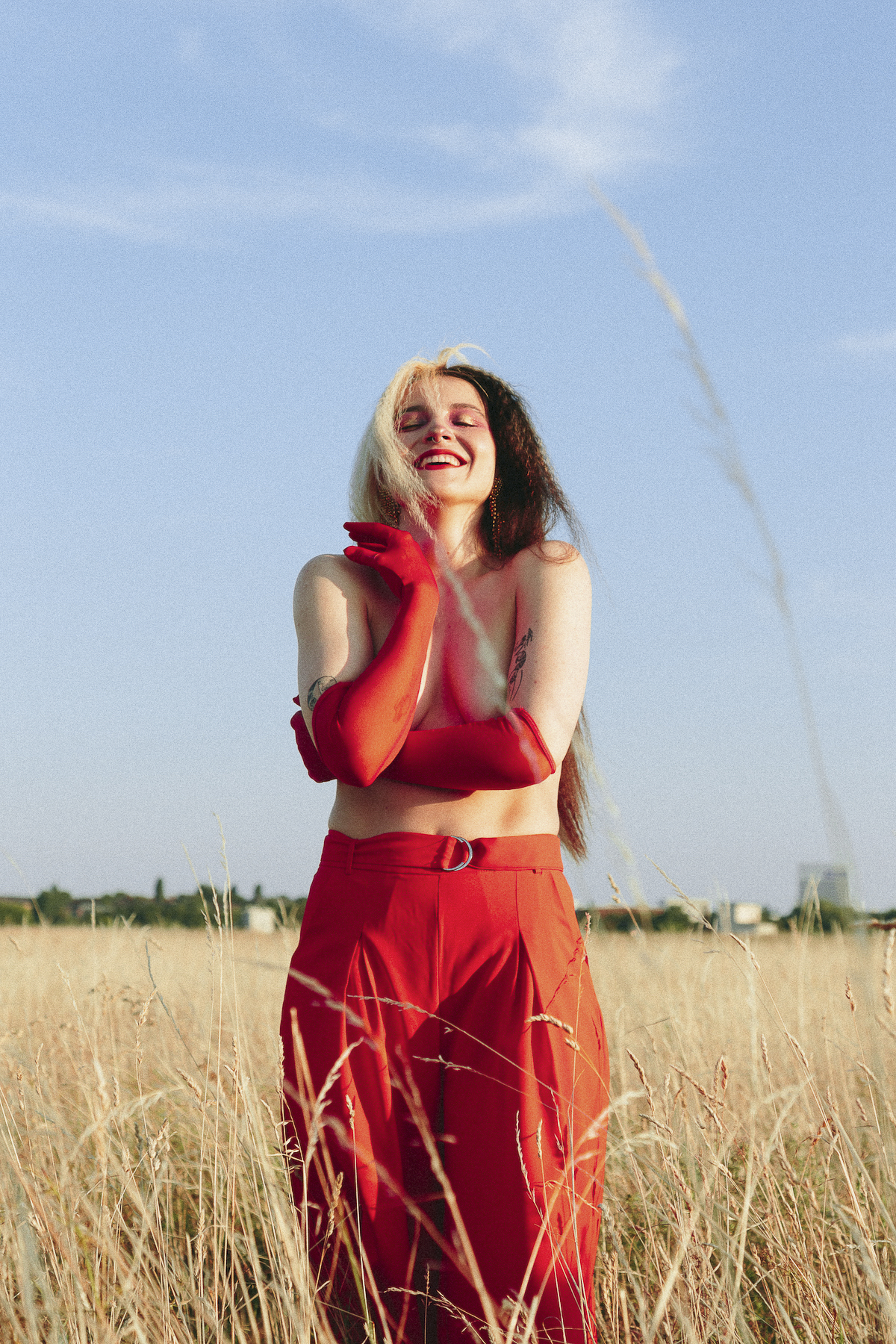
What is your favourite way to share your work? Some of your pieces seem quite immersive and tactile – do you struggle with limitations of social media platforms?
Rubezha: This topic is quite an issue for me; I still struggle to find a good answer. Do you know why I actually started making videos? When I finally got my first solo exhibition in Moscow, I moved to Hamburg. And for the first time, I experienced this ridiculous thing: all my objects, so detailed, so tactile, so mine — they were in another country, far away. That was so confusing, to have your “greatest moment” and to have nothing physical to prove it.
I had some video arts, namely, When You Have Your Mask On and Matryoshka-Mother. They were the only artefacts to prove my art is always with me. In a way, I decided to focus on making video art and images exactly because of limitations that objects gave you. They are somewhere, trapped in a location, lost in translation. Videos are everywhere.
I believe we live in a world of signs and symbols, a dynamic world. So, moving pictures have an effect on us stronger than anything else. People just pay more attention to it; they spend their time, the greatest value of all. Social media is the most controversial, inadequately explored phenomenon that we use every day. So, all artists should analyse this mysterious sphere.
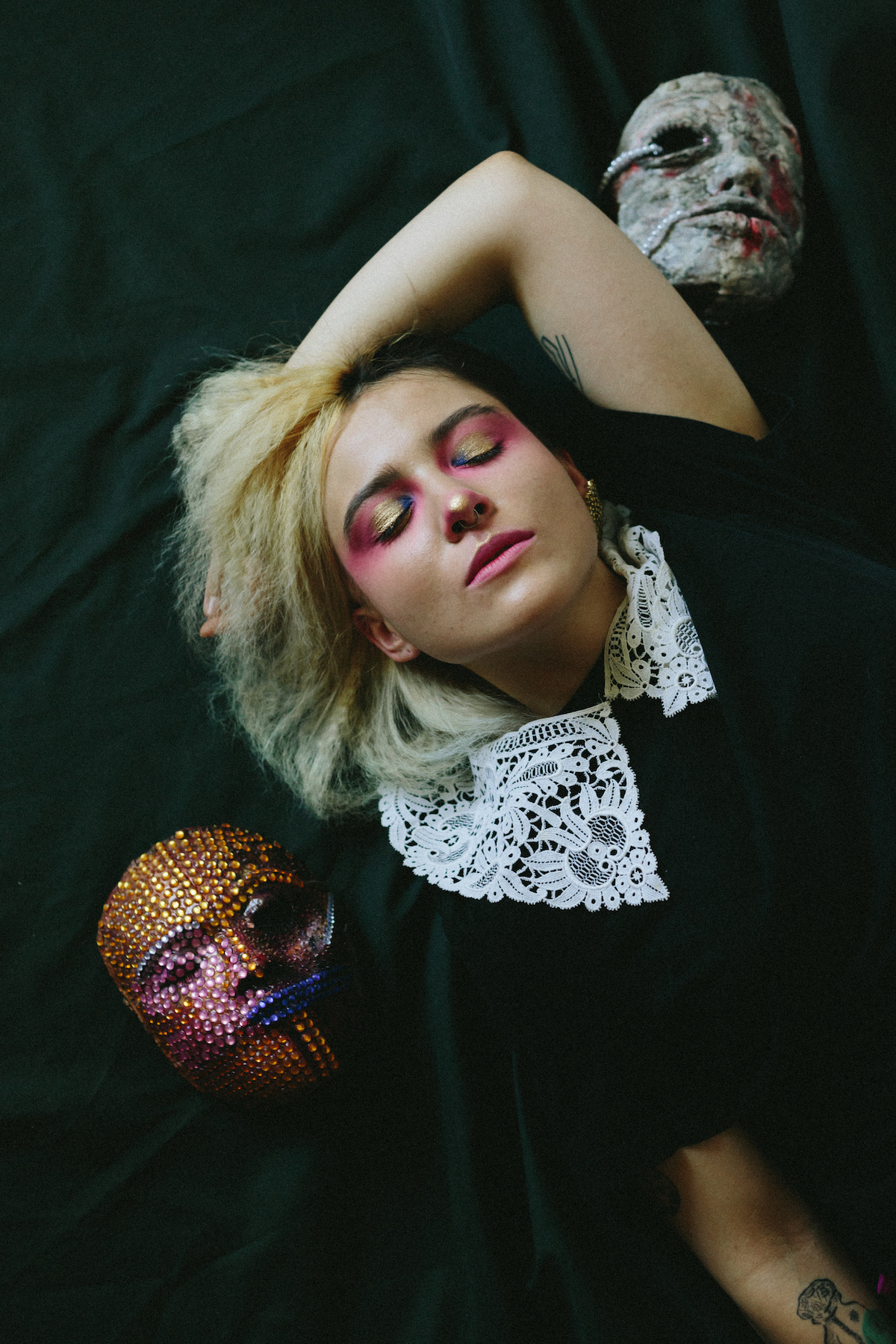
Can you tell us more about your work “A Story of How to Reach The Peak of Physical Intimacy With a Person You Will Never Know?” What was your primary source of inspiration?
Rubezha: First, I am really into existential philosophy: Camus, Sartre, and what not. I mean, definitely, the term ‘the Other’ had a great influence on me as an artist and a person. Sometimes, especially when I have insomnia, I still catch myself not believing there really is an ‘Other’ person.
In your question, I feel a strong reference to my video art “When You Have Your Mask On.” This physical intimacy and alienating narratives are all about this artwork. In fact, that was my first ever video art, made almost spontaneously on a nice evening during a Moscow summer storm.
Again, making those tactile objects was like dressing up layer by layer and hiding something. At that time in my life, I had a very particular insight: being 20 years old and suddenly remembering my first ever friend who died when I was around 10. That was so ridiculous. I remembered nothing of her but the fact she was my friend. Not even a face! I felt so disappointed in the concept of human memory itself, that I wanted to cover faces that I saw and start actually feeling.
This video art was shot by my amazing friend Jurate, a female video maker, and two other female models who asked to remain anonymous because they could be slut-shamed in Russia.
Who or what are your biggest sources of inspiration at the moment?
Rubezha: At the end of each art project I often make a book with collections of things that inspired me for these works. I am opening them now and I clearly see the following:
In Art: Cecile B. Evans and the 9th Berlin art Biennale, Francesca Woodman, the Belgian games developer Tale of Tales (famous for their video game The Path) and various other indie video games: Dear Esther, Amnesia: A Machine for Pigs, and Chyrza.
In culture and life in general: videos from the ‘grey area’ of the internet, the history of human cruelty and specific aesthetic choices that cannot be understood (such as post mortem pictures, hidden mother pictures), feminism and the way it changes our ethics and standards right now, my amazing artist friends that I was blessed to find (and not lose) and my fiancée Lizon, for sure.
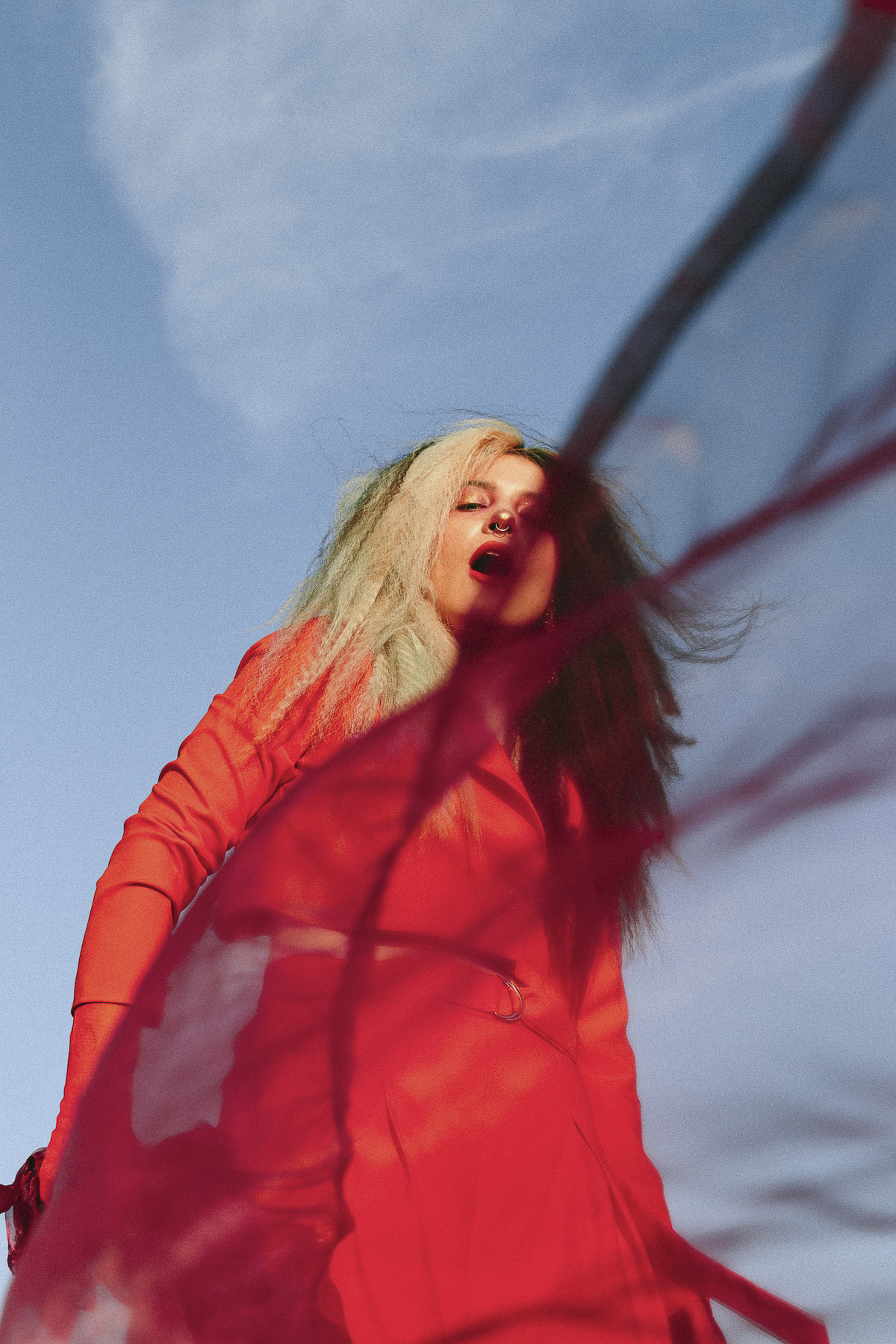
‘SYMPTOM’ is a game you developed in video format that you cannot play at the moment. Would ever want to make it into a real game or an interactive video? Perhaps similar to ‘Black Mirror: Bandersnatch’?
Rubezha: The experience of creating my last finished project SYMPTOM brought me more power as I created my first piece that was longer than one and a half minutes. SYMPTOM is a huge universe and this game should be able to interact with the user, but it’s not there yet. I hope to make an interactive project in future, that’s for sure. The point of budgets and technology is still quite an issue for me. Thus, I interpret all my video pieces preparatory works for a future project where people from the audience are welcome to take part in.
Do you think we all have a doppelgänger inside of us? Do you think we need to let it out more? What can your Doppelgänger do that you struggle to do?
Rubezha: Based on the research I have, I strongly believe the doppelgänger is a shapeshifting symbol that has always been with humankind. The doppelgänger idea has had a place in every culture, in every society, and in every period of history.
It is not a static thing; it is not about a person simply looking like you. This is a certain condition. Your mentality starts searching for your double when you realize someone lives your life better than you do. We all have the hidden and destructive potential to give birth to a doppelgänger. In everybody and everything surrounding you. The doppelgänger is about the tragedy of having and losing your identity; about this tremendous atomisation and solitude. This concept has great potential.
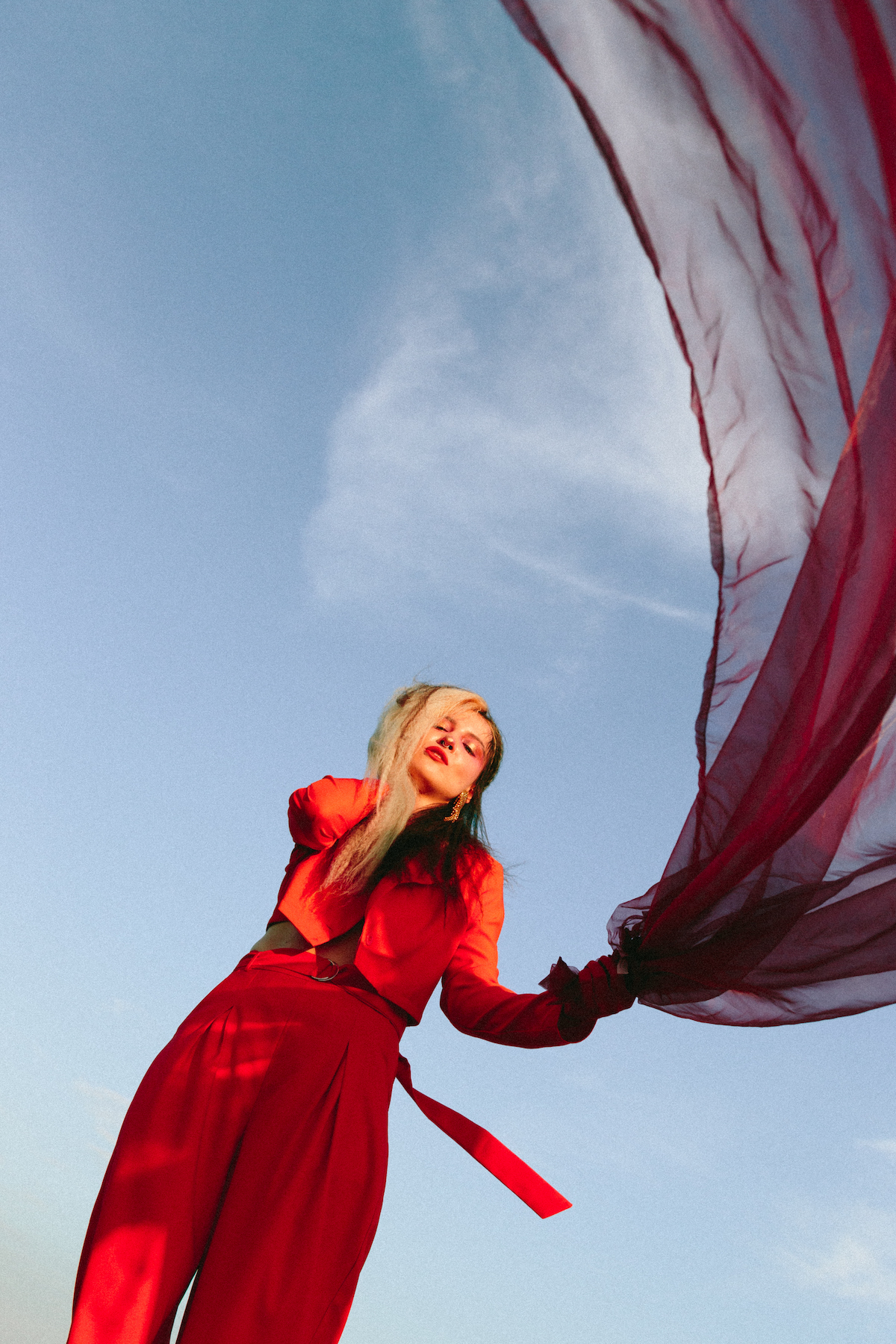
What inspired your move to Berlin?
Rubezha: My girlfriend actually took me here after dating for some time. This is her favourite city and it helped her to become who she is right now. Since then, this has become my favourite city as well. This city has been torn apart so many times, it is made of people’s mistakes, lies, and their greatest shame. Maybe, this is the most human-like city for me. I recognise myself in its story. Besides, the concept of any borders or boundaries suck in contemporary society ruins you from the inside. Berlin proves that better than any other place. For now.
Tell us more about your methodology and process.
Rubezha: As a video artist, I have to build a team for every shoot and post-production stage. It is impossible to keep everything in your head when creating this type of art. Thus, my goal is to create a major story that’s clear. Why did I pick this theme to explore? Why do I want to work with people of colour? Can you find your place in my story? What is it all about? I must explain everything.
My method is to have a personal attitude to every person working with me. To have a bright fresh idea that you can relate to. This is pretty much it. I have to make people believe that I am serious about everything I do as an artist.
–
Photography: Marcos Rodríguez Velo
Stylist and Set Designer: Kristina Okan
Make-up Artist: Sophie Peters
Assist: Lizon Khokhlova
Be sure to follow Rubezha on Instagram. For more artist intHERviews, click here.



